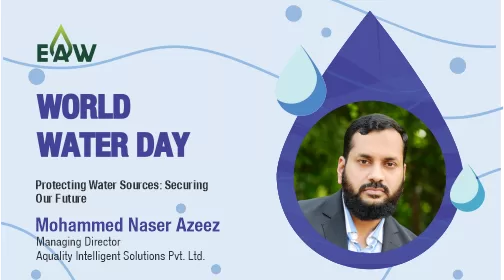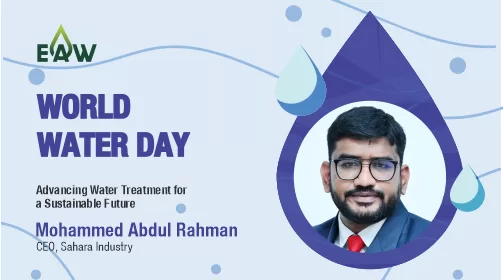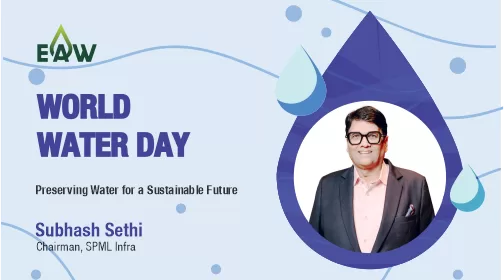To help combat climate change and save our glaciers, identifying where organizations can improve sustainability is crucial. One way is to reduce waste. Waste in forms including water, chemicals and plastic, all contribute to a company’s environmental footprint. To improve a building’s sustainability score, every organization can implement water recycling and rainwater harvesting, renewable energy sources and recycling programs. Organizations in the manufacturing space can consider utilizing recyclable and biodegradable packaging materials, energy-efficient machinery and sustainable cleaning agents.
In addition to waste reduction, establishing an environmental process that defines clear environmental goals like improving energy efficiency is important. This provides a benchmark of what environmental impact assessments (EIA) should be conducted and tracked year over year. For guidance, ISO 14001: Environmental Management System (EMS) Standard can help companies demonstrate and meet Environmental, Social and Governance (ESG) goals that focus on resource efficiency, waste and pollution reduction and climate action.
Organizations can go a step further by not only operating more eco-friendly, but by innovating sustainable solutions. Rainwater harvesting, low-energy desalination and filtration systems are sustainable innovations that have emerged as water technology that is more climate-friendly. It is important that as an industry, innovation doesn’t stop here and that we continue developing technology that meets more stringent environmental requirements.
By Steve Haan, Vice President of Water, NSF Tony Hardy, Director of Management Systems, NSF




